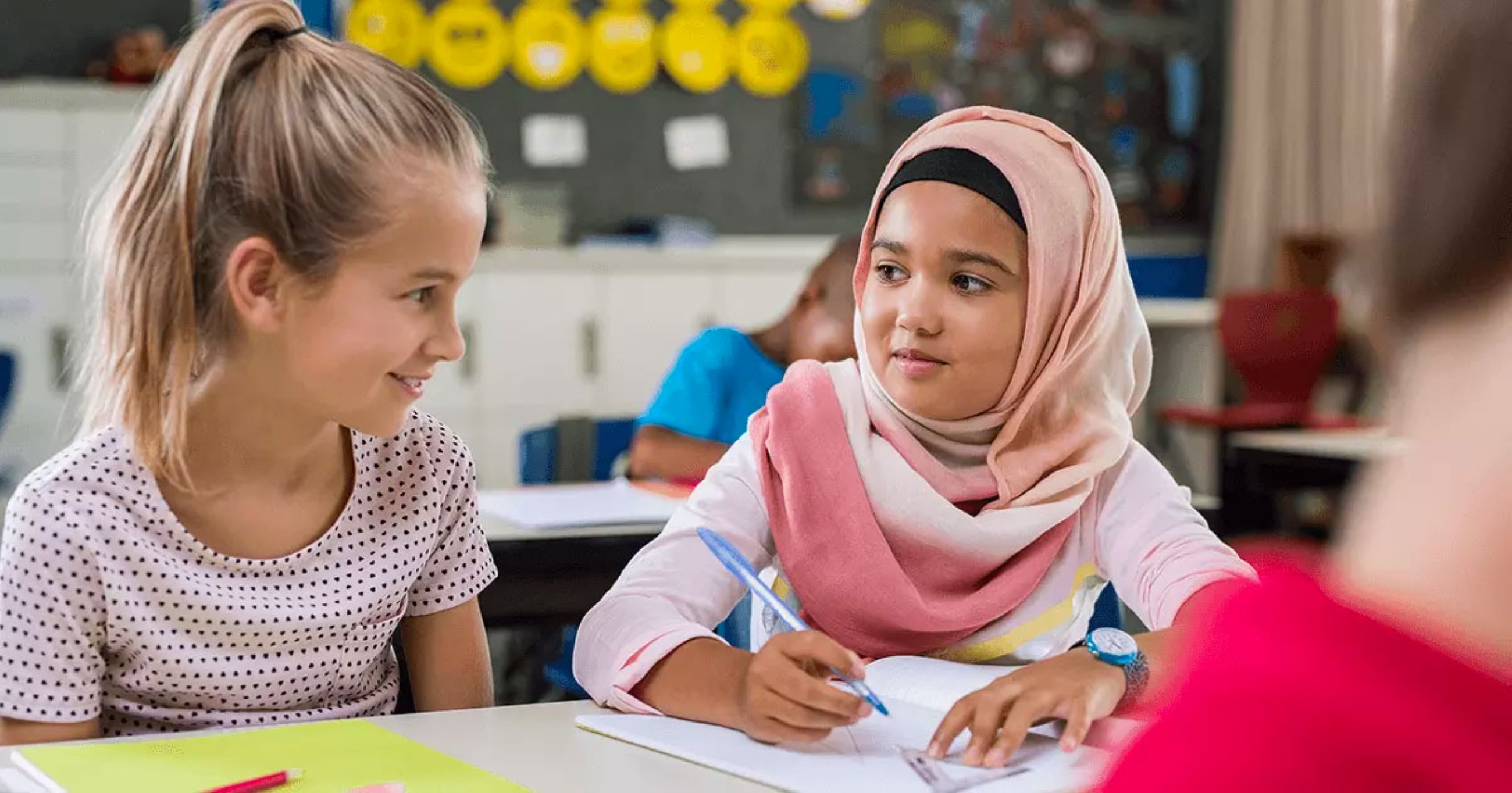Embracing Diversity in the UAE Classroom: A Path Toward Inclusive Education
Imagine a classroom brimming with youthful energy, where students not only learn but also feel a profound sense of belonging. In such an environment, each student’s unique story and cultural heritage are not mere footnotes but integral components of the curriculum. What transformative effects could such immersion in diversity have on students’ motivation and self-esteem? Conversely, consider a starkly different scenario where students confront a syllabus that feels detached and unrelatable. This disconnect poses a challenge not only for the students but also for educators striving to engage young minds.
In the United Arab Emirates (UAE), a nation celebrated for its rich tapestry of over 200 nationalities, as highlighted by the Ministry of Foreign Affairs, classrooms are multi-faceted spaces infused with diverse cultural and linguistic influences. Despite this variety, many educational settings fall short in fostering truly inclusive and culturally responsive environments. While the surface may reflect diversity, many classrooms still require significant evolution towards genuine inclusivity.
The path to making classrooms more representative and sensitive to the myriad backgrounds present involves intentional strategies. Educators are encouraged to undertake this journey incrementally, taking small yet significant steps to ensure that their classrooms honor the multifarious identities of their students. Below, we outline four foundational strategies that can catalyze meaningful change in educational environments across the UAE.
1. Encourage Self-Reflection Among Educators
The journey towards a diverse and inclusive classroom begins internally. Educators must engage in self-reflection, examining their teaching philosophies, preconceived notions, and cultural perspectives. In a diverse nation like the UAE, where educators hail from varied cultural backgrounds, understanding personal biases is vital. Questions such as “Whose narratives are emphasized within my lessons?” and “How do I address cultural and linguistic diversities in my teaching?” are critical starting points for promoting intentional and inclusive educational practices.
This practice of self-examination fosters humility and empathy, enabling educators to unlearn old perceptions and relearn through their students’ lived experiences. When teachers recognize their own identities and biases, they create a welcoming environment that allows students to feel affirmed in their identities.
2. Incorporate Students’ Cultural Knowledge
Every student enters the classroom equipped with rich cultural and linguistic backgrounds. However, traditional, standardized curricula too often eclipse these invaluable experiences. By integrating culturally inclusive methodologies, teachers can transform this narrative, allowing students to share their personal cultural insights and experiences actively.
Project-based learning serves as an excellent framework for this integration. Educators can implement activities encouraging students to delve into cultural traditions or significant family stories, fostering an enriching dialogue within the classroom. Initiatives like celebrating multilingualism not only engage students but also enhance their sense of belonging and agency, signaling that their voices and backgrounds are both worthy and necessary components of the educational experience.
3. Foster Relationships That Honor Individual Identity
The rapport between educators and their students plays a critical role in shaping an inclusive classroom environment. Students flourish when they feel recognized, respected, and valued—not solely for their academic achievements but also for their individuality. This necessitates that educators invest time in understanding their students’ backgrounds and familial narratives.
Engaging students in thoughtful conversations—whether one-on-one or in group settings—can illuminate the values that inform their lives. In diverse classrooms, even small efforts to nurture this connection can yield significant benefits, creating a culture of trust and wellbeing that serves as the bedrock for effective learning.
4. Diversify Learning Materials
In educational discourse, the mantra “representation matters” rings increasingly true. When students interact with characters, authors, and narratives that reflect their own cultural experiences, they feel recognized and validated. Yet representation should extend beyond literature and into all aspects of curriculum design.
Educators in the UAE can expand their selection of resources to encompass literature, multimedia, and examples drawn from the Middle East, South Asia, Africa, and other regions. This not only supports students in seeing themselves reflected in the lessons but also opens avenues for exploring new perspectives. By introducing narratives from historically underrepresented cultures, teachers can provide their students with rich educational “mirrors” and “windows”—reflecting their realities while simultaneously broadening their worldviews.
Conclusion: A Call to Action for Educators
These strategies represent an entry point for educators aspiring to create culturally inclusive classrooms. Importantly, the journey toward inclusive education begins with a sincere commitment to understanding and embracing the whole child. While we focus on actionable steps for educators, it is imperative to recognize the pivotal role of school leadership in fostering an environment that supports this transition. In forthcoming discussions, we will delve into how educational leaders can collaborate with teachers to cultivate authentic school communities that prioritize belonging, integrity, and inclusivity.
In summary, embracing diversity is not just a pedagogical goal; it is an essential component of nurturing future generations in the vibrant multicultural landscape of the UAE. By committing to these inclusive practices, educators not only enhance student well-being but also infuse purpose into their teaching, ensuring that every voice is valued and celebrated.
Tags: #EducationNews, #UAE, #CommunitiesNews

